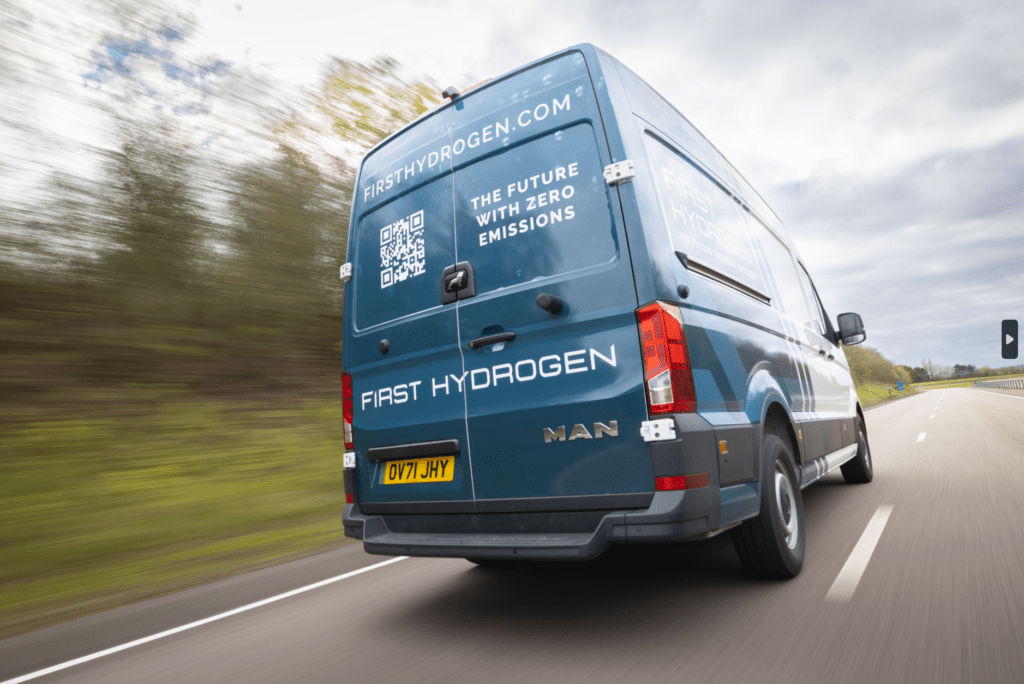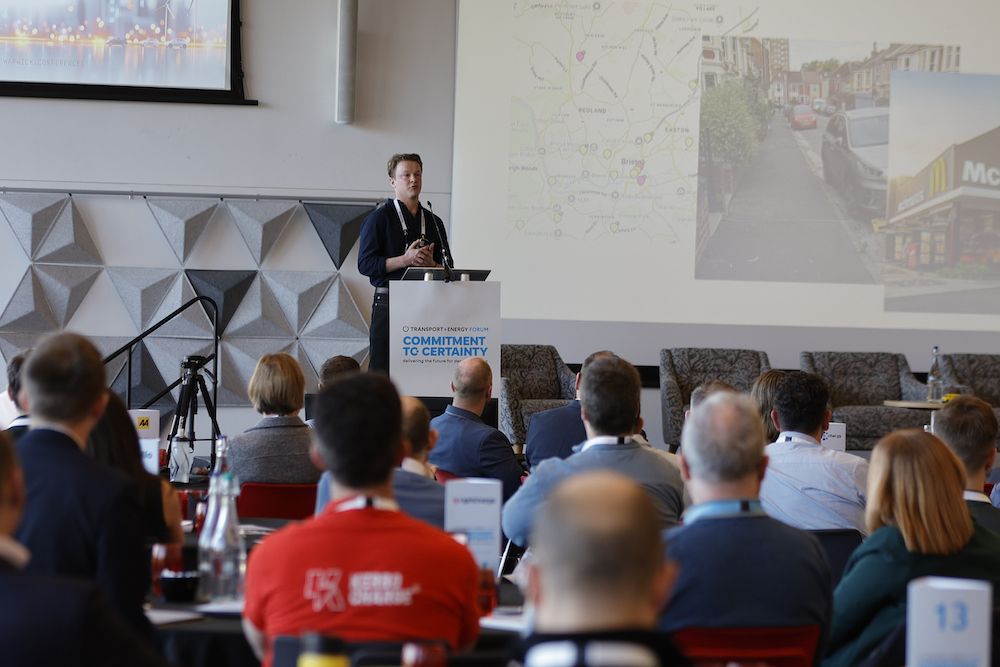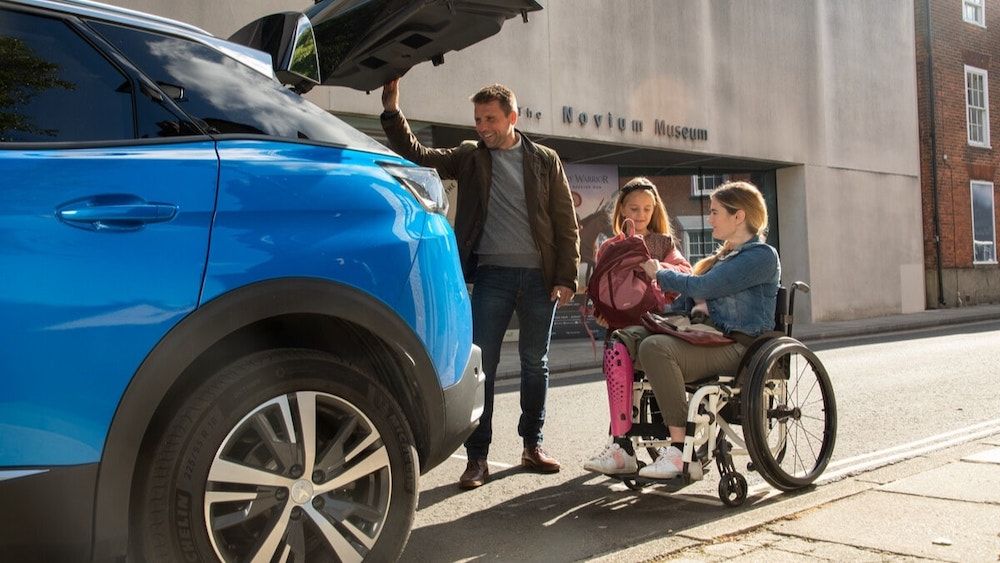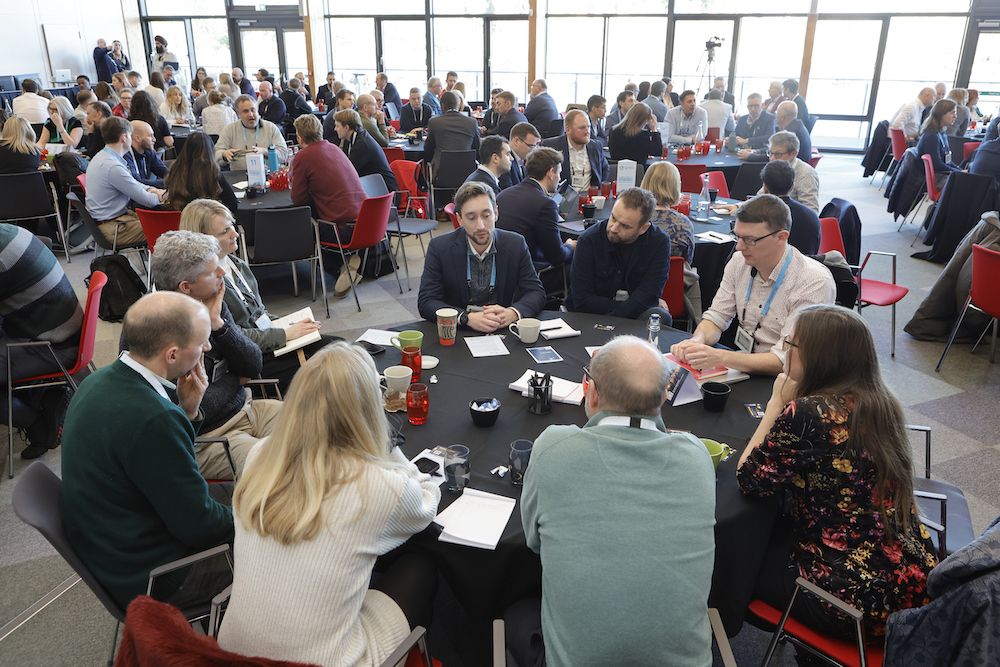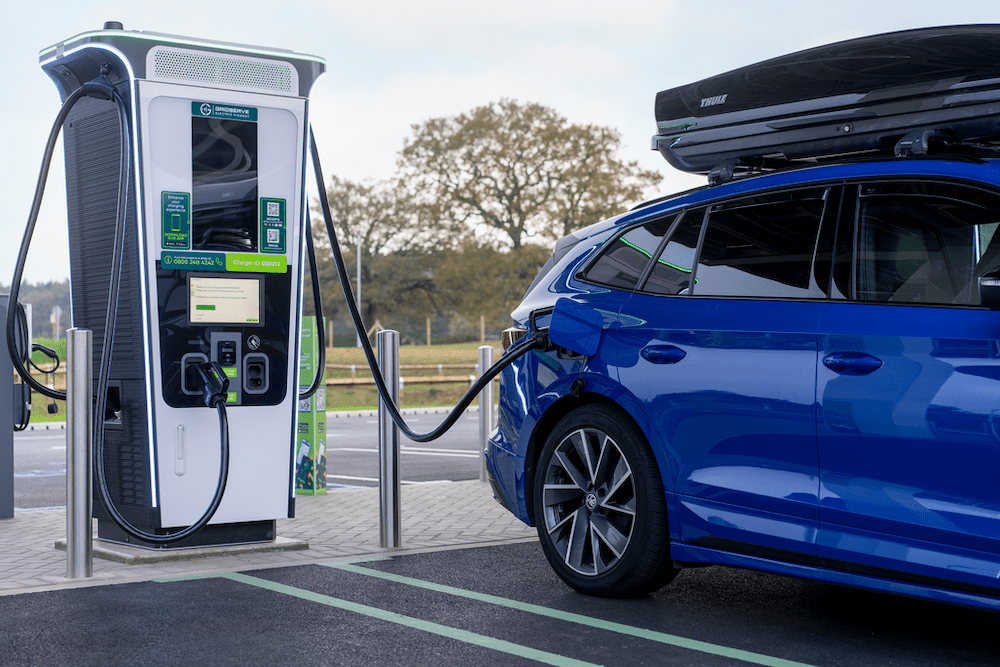First Hydrogen will be opening up fleet trials for its hydrogen-fuel-cell-powered vehicle (FCEV) in response to growing interest from parcel delivery companies.
Following initial fleet operator road trials in the UK, the company’s proof-of-concept demonstrator vehicles are planned for operational trials with several parcel delivery companies starting late Q3 and Q4 of this year.
Until now First Hydrogen has predominantly targeted industries such as utilities, that require zero emission vehicles with the capability to travel further and carry heavier payloads. Parcel delivery companies face a specific set of challenges, which is encouraging them to explore other zero emissions technology in addition to battery technology to meet commercial and environmental targets.
These fleets make up the middle and final stages of the supply chain, which traditionally handle shorter journeys to transport items from local hubs directly to consumers or end users. They are increasingly undertaking longer routes from distribution centers to lockers and shops with parcel collection services or “pick up and drop off points”. With fewer stops, the locker model creates two thirds less carbon than conventional home deliveries, which could be reduced further when using greener vehicles.
The parcel delivery vehicle market size will surpass US$210 billion by 2032. The ecommerce boom continues to fuel growth of the delivery market. There are 9.1 million online retailers in the world, trading through their own ecommerce platforms or online marketplaces, and sales are predicted to reach US$8.1 trillion by 2026. This retail channel contributes to the number of parcels and, as speed of delivery is crucial to service, it increases the number of delivery drivers on the roads and therefore the amount of vehicle emissions.
First Hydrogen’s engineers highlight that, while the vehicles were designed to sustain longer journeys, they have been equipped with hybrid engines (hydrogen fuel cell and battery), which suit shorter drives in urban and suburban areas.
Steve Gill, CEO of First Hydrogen Automotive, comments: “Carbon reduction targets, low and zero emission zones in cities and phasing out of diesel and petrol-powered vehicles are positioning hydrogen mobility as a realistic solution to the challenges last-mile delivery operators face. Fleet managers are realising that battery electric vehicles (BEV) alone will not provide the reliability and operational flexibility required to meet customer demands. Future fleets require a mix of BEV and FCEV to overcome these obstacles and hit net zero targets. The large, growing parcel delivery sector desperately needs to build environmentally friendly and commercially viable fleets, and our hydrogen LCV can help to do that. This presents us with an exciting opportunity to explore a new customer base, enabling us to further accelerate business growth and potentially bring our vehicles to market quicker.”
Image courtesy of First Hydrogen.



